Description
The “Handbook of Obstetric Anesthesia” by Craig M. Palmer is a valuable resource that focuses on the practice of anesthesia in the field of obstetrics, specifically tailored to the unique needs and considerations of pregnant patients. Obstetric anesthesia is a specialized area within anesthesiology that plays a critical role in ensuring the safety and comfort of both the mother and the baby during pregnancy, labor, and delivery. Here’s an overview of what this handbook typically covers:
- Physiological Changes in Pregnancy:
- Understanding the physiological changes that occur during pregnancy is crucial for providing safe and effective obstetric anesthesia. This includes alterations in cardiovascular, respiratory, and hematological systems.
- Preoperative Assessment:
- Comprehensive preoperative assessment of pregnant patients, including evaluating their medical history, physical examination, and assessing the status of the pregnancy.
- Anesthesia Techniques:
- Guidance on anesthesia techniques and agents suitable for obstetric patients, including neuraxial anesthesia (epidural and spinal), general anesthesia, and monitored anesthesia care (MAC).
- Pain Management in Labor:
- Strategies for managing pain during labor, including the administration of epidural and intrathecal analgesia, as well as patient-controlled analgesia (PCA) systems.
- Obstetric Anesthesia for Cesarean Section:
- Specialized considerations for anesthetic management during cesarean section, including the timing of anesthesia and the choice of anesthetic agents.
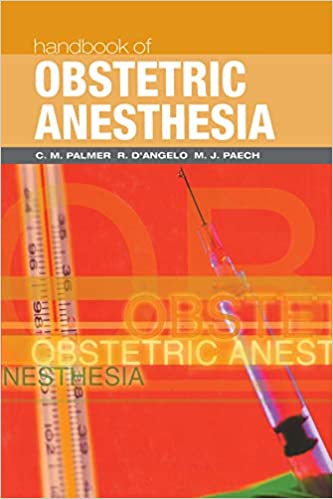
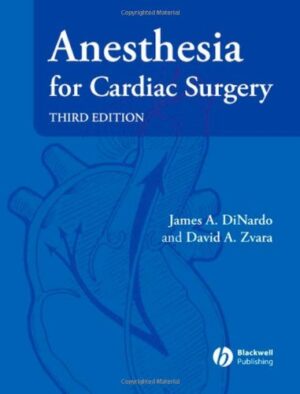
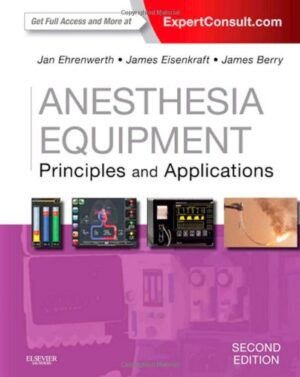
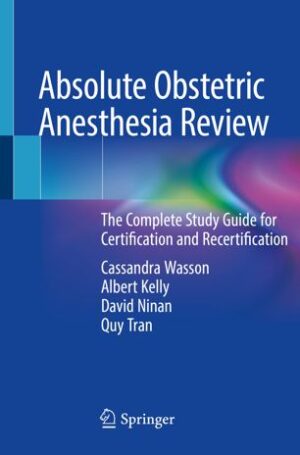
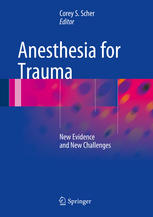
Reviews
There are no reviews yet.